Mumbai, Oct 26, 2024: India must integrate 145 million 'missing' women into the workforce by 2047 to reach an FLFPR of 70% and build a 400 million women workforce, according to a new study.
The study conducted by NGO Magic Bus India Foundation in collaboration with management-consulting firm Bain & Company outlined a comprehensive roadmap to double India's female labour force participation rate (FLFPR) from its current 35%–40% to 70%, by 2047 for India to reach its ambitious $30 trillion GDP target by 2047, the centenary year of its independence.
Despite favourable socio-economic conditions, including a positive demographic dividend and supportive policies, India’s workforce is projected to add only 110 million women to its workforce by 2047, reaching an FLFPR of 45%, that is, 255 million women, said the report titled 'From Aspiration to Action: Building India’s 400 Million Women Workforce'.
This leaves a staggering gap of 145 million ‘missing women’ who need to be integrated into the workforce to meet the country’s economic goals. This initiative is critical not only for economic growth but also for achieving gender equality in the job market, the report noted.
Jayant Rastogi, Global CEO, Magic Bus India Foundation, said, “Empowering women is more than a moral choice; it is also an economic lifeline. To meet our $30 trillion GDP target by 2047, we must address the challenge of increasing female labour force participation to 70%, which means bringing 400 million women into the workforce. At Magic Bus, we are dedicated to empowering adolescent girls through life skills training and preparing them from a young age to create meaningful and sustainable employment opportunities for the future. This report in partnership with Bain & Company is a clear call to encourage the young girls of India to become a part of its growth story, find their own agency by overcoming barriers to education and employment, and contribute to more inclusive growth for our economy.”
Navneet Chahal, Partner at Bain & Company, and co-author of the report, said, “India’s growth story is unlikely to play out fully without enhanced women’s participation in the labour force, yet their participation remains far below its potential. Our report lays out a clear strategy to double female labour force participation by 2047, by closing the 145 million ‘missing women’ gap. Whether it’s empowering rural women through an ecologically-embedded entrepreneurship ecosystem (E4) model that solves for skill building, mentorship, market linkages, and access to capital, or, enabling professional readiness, growth, and resilience (PROGRES) for urban women through tailored skills training, flexible work environment and childcare support, India can unlock $14 trillion in economic value from women alone, making a significant impact on India’s journey to becoming a $30 trillion economy by 2047. It’s not just about inclusion—it’s about driving sustainable growth for the country.”
The report highlights that the challenges are distinct for rural and urban women. Approximately 70% of the women out of the workforce by 2047 are expected to reside in rural areas, where limited job opportunities and unstable work environments reduce workforce participation. Meanwhile, urban women face challenges such as job-skill mismatches, undervaluation of domestic work compared to market jobs, and wage disparities.
Based on the methodology, which includes rigorous analysis of industry databases, extensive primary surveys with over 100 women across rural and urban India, and insights from experts, the report classifies Indian women into seven archetypes, within the In-Labour-Force (ILF) and Out-of-Labour-Force (OLF) categories. The key OLF category comprises —Aspirational Homemaker (~86 million), Settled Homemaker (~75 million), High-Potential Youth (~37 million). While the ILF category encompasses four archetypes—Family Enterprise and Farm Assistors (~52 million), Home-Based and Nano Entrepreneurs (~39 million), Casual Labour, including Gig Workers (~26 million), Salaried Women (~23 million).
However, these four priority archetypes — Aspirational Homemakers, High-Potential Youth, Home-Based and Nano Entrepreneurs, and Casual Labour (including Gig Workers) — are key segments for immediate action to close the participation gap.
To address the workforce gap, the report proposes two main livelihood models: E4 Model (Enabling Entrepreneurship) and PROGRES Model (Creating Jobs).
The report introduces the Ecologically Embedded Entrepreneurial Ecosystems (E4) model, which is designed to support women entrepreneurs in rural areas by creating self-sustaining entrepreneurial ecosystems with an anchor player offering locally tailored business opportunities.
PROGRES Model is a model to enable job readiness for urban women that focuses on professional readiness, growth, and resilience through targeted skill-building, employer linkages, and support systems to address caregiving responsibilities.
The report calls for a cohesive and collective effort from the government, private sector, nonprofits, and investors to create the necessary infrastructure, policies, and funding to support women’s integration into the workforce. It advocates for gender-inclusive policies, financial literacy programs, and improved market access for women entrepreneurs.



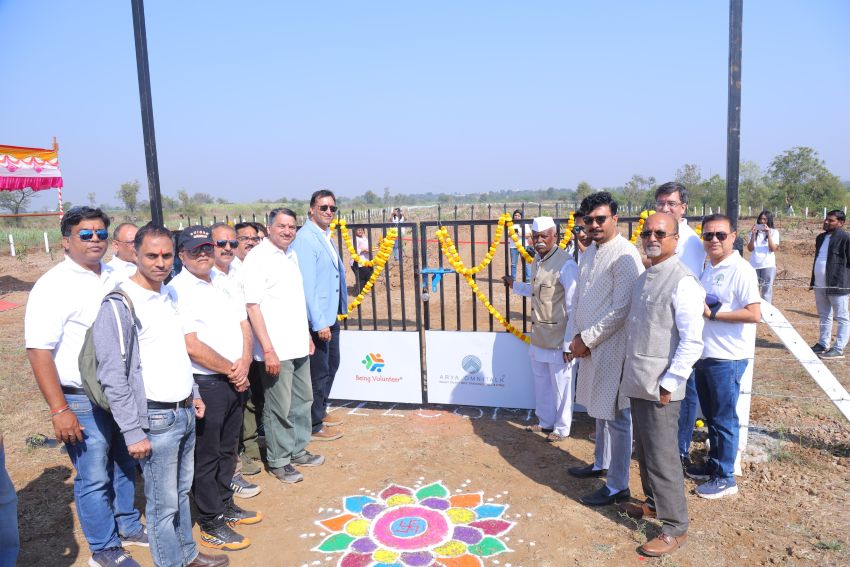
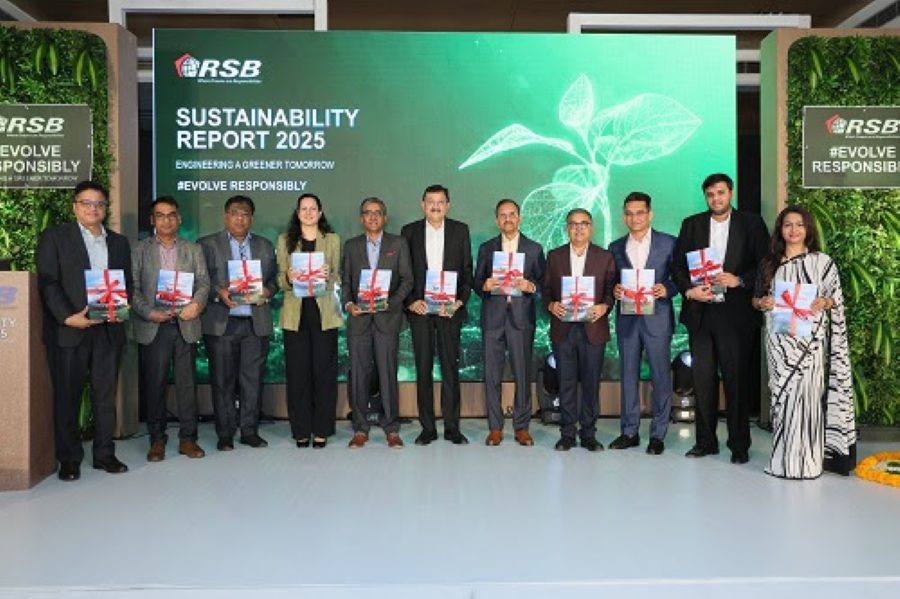
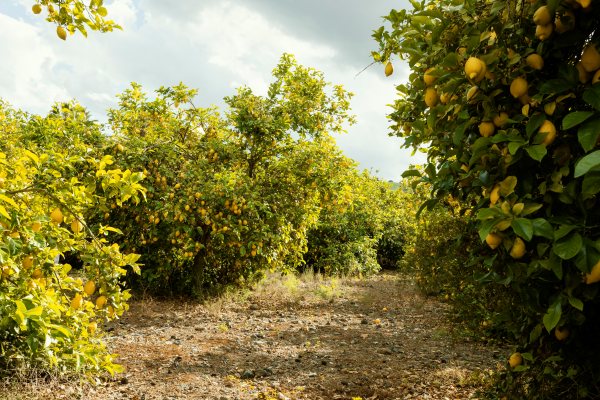
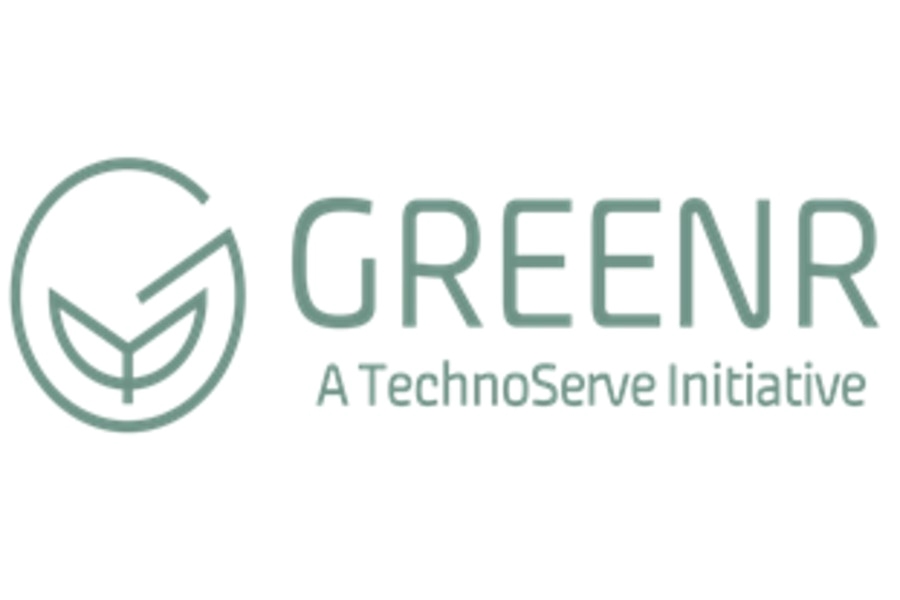
.jpg)
.jpg)



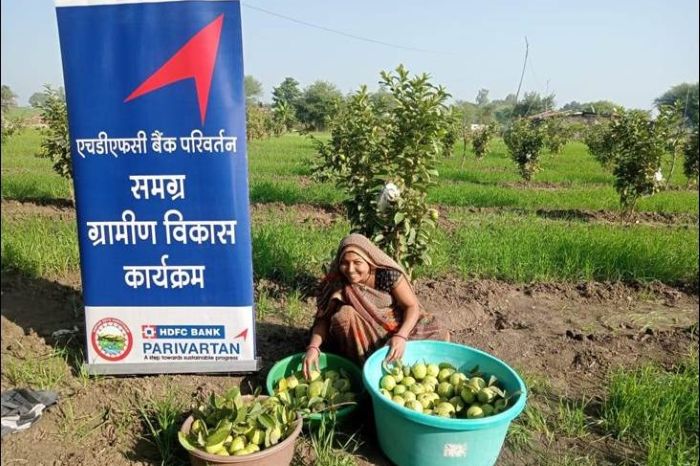


.jpg)




